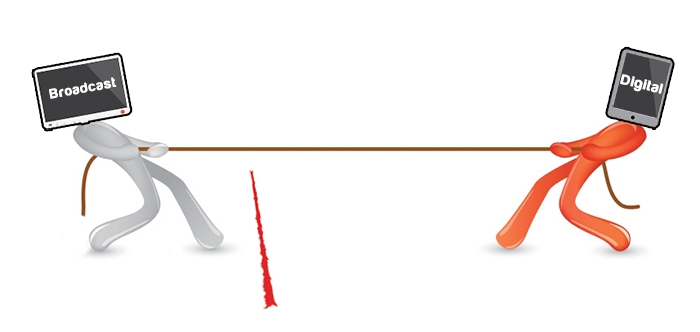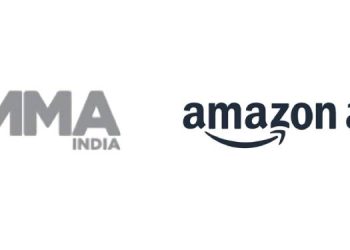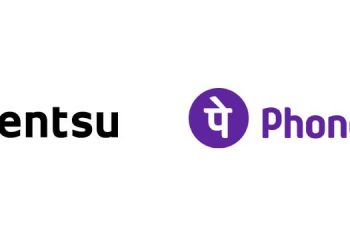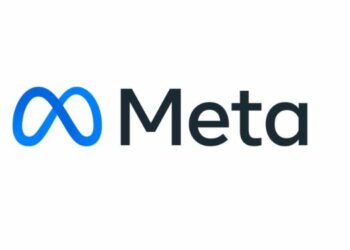
Five years from now, digital advertising will grow over three times to touch Rs 10,000 crore, according to a report by the Confederation of Indian Industry (CII) and PricewaterhouseCoopers (PwC). This will be the fastest growth rate for any advertising medium in that time frame, the report says.
Its growing importance prompted the world’s third-largest advertising and marketing communications group, Publicis, to acquire digital and technology major Sapient in a $3.7-billion, or Rs 22,200-crore deal on Monday. Almost 65 per cent of Sapient’s workforce is in India.
Yet some of the largest advertisers in India do not put in as much money online as they probably should. According to estimates by some of the country’s top media planners and buyers, fast-moving consumer goods (FMCG) companies, counted among the leading domestic advertisers, shell out only about four to five per cent of their total budgets on digital advertising. While this number will grow, it is not expected to cross the amount spent on television advertising.
“FMCG still tends to be television-led. This is mainly because television is still considered to be a medium for brand building. And, FMCG as a category is about creating brands, which is why this emphasis on television,” said Harish Shriyan, chief operating officer of the Omnicom Media Group.
At a recently organised conference in the city, Sam Balsara, chairman of the Madison group of agencies, made a similar point. “Digital advertising is growing and will touch 25 per cent of total advertising in a decade. But you have to bear in mind that India is the only market in the world where print advertising is also growing. And print and television will continue to be critical media vehicles in India,” he said.
Of the total annual advertising of Rs 35,000-40,000 crore in India, television and print accounted for a little over 80 per cent of the revenue, said media sector experts. Digital advertising is pegged at around eight per cent of total advertising in the country. The CII-PwC report said this market share would touch 16 per cent in five years. So, why are big advertisers holding back?
Media sector experts said advertisers, notably FMCG companies, were attempting to understand how to leverage the medium. Shriyan said it had now become mandatory for media agencies to include digital in their media mix. “We are making it a point to include it in our media planning,” he added.
Consumer electronics companies LG, Samsung, Videocon and Panasonic are spending more on digital advertising than FMCG majors, setting aside 8-10 per cent of their budgets for the medium. But companies that are truly harnessing digital advertising are handset makers, e-commerce players, travel portals and even insurance companies.
“These categories of advertisers realise the importance of digital and are investing in the medium,” said P M Balakrishna, chief operating officer, Allied Media, part of the Percept Group. “One reason being that their consumers are also online and hence it makes sense for them to use this medium,” he added.
According to sector estimates, 20-25 per cent of the advertising budgets of e-commerce and handset makers are diverted online. This number is expected to go up as smartphone use in India grows. Yet, none of these advertisers has ignored television or print. These remain critical parts of their media mix.
“I don’t think digital will replace print, television, radio or out-of-home in India. It will not supplement, but certainly complement traditional media for the next few years,” Balakrishna said.

















